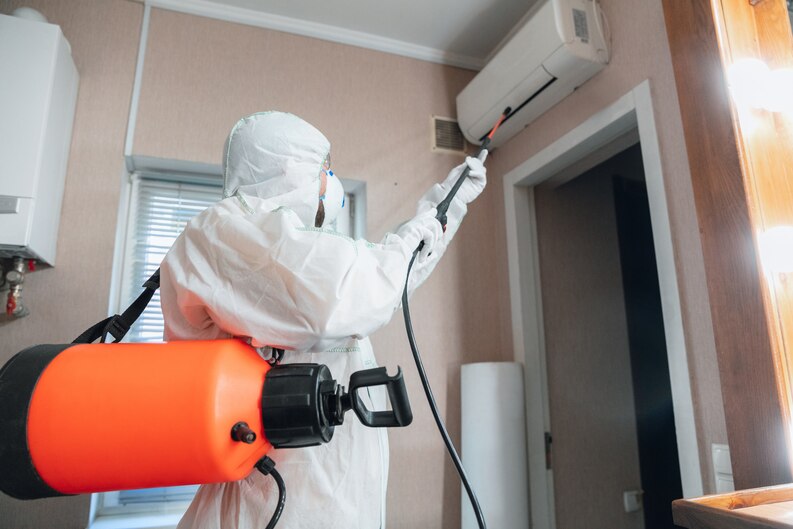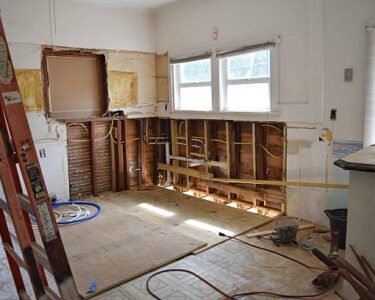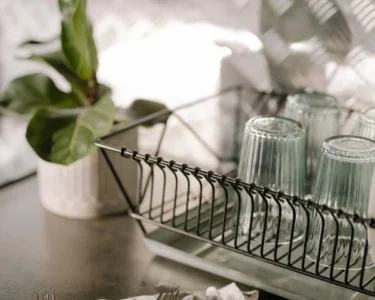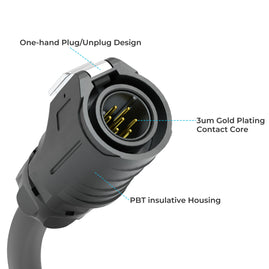Mold growth is a common concern in homes, and its presence in ductwork can have far-reaching implications for indoor air quality and health. In this comprehensive guide, we’ll explore the reasons behind mold growth in ductwork, its impact on air quality, and practical strategies for mold control, ensuring a healthier and more comfortable living space.
Understanding Mold Growth in Ductwork
Mold thrives in environments with moisture and organic matter, making the interior of ductwork an ideal breeding ground. The combination of dust, humidity, and potential water leaks within the ducts creates a perfect habitat for mold spores to settle and proliferate.
The Consequences of Mold in Ductwork
Mold growth in ducts can lead to a range of problems:
- Air Quality Degradation: Mold spores can circulate through the HVAC system, polluting indoor air and exacerbating allergies and respiratory issues.
- Energy Efficiency Decline: Mold buildup restricts airflow, causing the HVAC system to work harder and consume more energy to maintain desired temperatures.
- Health Risks: Mold exposure can lead to allergic reactions, asthma exacerbation, and other health problems, particularly in sensitive individuals.
Preventing Mold Growth in Ductwork
Maintain Proper Ventilation
Adequate ventilation helps control humidity levels and prevents moisture accumulation. Ensure that exhaust fans are functional and properly vented to the outdoors.
Address Water Leaks Promptly
Fix any water leaks in or around the ducts promptly. Even minor leaks can contribute to mold growth if left unchecked.
Regular HVAC Maintenance
Schedule regular maintenance for your HVAC system. Clean and replace filters and have the system inspected by professionals to identify and address potential mold sources.
Insulate Ducts
Properly insulating ducts help prevent condensation, reducing the risk of mold growth. Use insulation materials that are resistant to mold.
How to Remove Mold from Ductwork
If you suspect mold growth in your ductwork, it’s essential to address the issue promptly and effectively.
Professional Cleaning
Hiring a professional mold remediation service is often the most reliable way to remove mold from the ductwork. Professionals have the expertise and equipment to thoroughly clean and sanitize the ducts.
DIY Cleaning
If the mold growth is minimal, you can attempt DIY cleaning:
- Safety Gear: Wear protective gear, including a mask and gloves.
- HEPA Vacuuming: Use a HEPA vacuum to remove loose mold spores and debris.
- Cleaning Solution: Create a mixture of water and detergent, then scrub the affected areas.
- Rinsing: Use a clean, damp cloth to rinse the cleaned areas.
- Drying: Ensure the ducts are completely dry to prevent future mold growth.
Prevention After Cleaning
After cleaning, take steps to prevent future mold growth:
- Dehumidifiers: Install dehumidifiers to maintain optimal humidity levels.
- Regular Inspection: Inspect and maintain your HVAC system to catch and address potential mold sources early.
- Air Purifiers: Consider using air purifiers with HEPA filters to reduce the concentration of airborne mold spores.
Frequently Asked Questions (FAQs) About Mold Control in Ductwork
Can I clean mold from ductwork myself?
Yes, you can attempt DIY cleaning for minor mold growth, but professional cleaning is recommended for extensive mold infestations.
Is my duct system moldy? How can I tell?
If you notice a musty odor, visible mold growth, or experience worsening allergy symptoms when the HVAC system is running, there may be mold in the ducts.
Can mold in ductwork be harmful to health?
Yes, mold spores released into the air through the HVAC system can exacerbate allergies and respiratory issues, particularly in sensitive individuals.
Can mold return after cleaning?
Yes, mold can return if the underlying moisture issue is not addressed. Proper prevention measures are essential.
How often should I have my ductwork inspected for mold?
Regular HVAC maintenance should include inspections for mold growth at least once a year.
Are there preventive products for mold control?
Some mold-resistant coatings and materials can be used during duct installation or maintenance to inhibit mold growth.
Conclusion
Mold growth in ductwork poses a significant threat to indoor air quality and health. By understanding the factors that contribute to mold growth, implementing preventive measures, and addressing mold issues promptly, you can ensure a healthier and more comfortable living environment for you and your family. Regular HVAC maintenance, proper ventilation, and quick responses to water leaks are key steps in controlling mold and maintaining a mold-free home.
SEO Meta Description:
Discover effective methods for controlling mold in the ductwork to maintain a healthy indoor environment. Learn how mold growth in HVAC systems can impact air quality and exacerbate allergies, and find solutions to prevent and address this issue.




